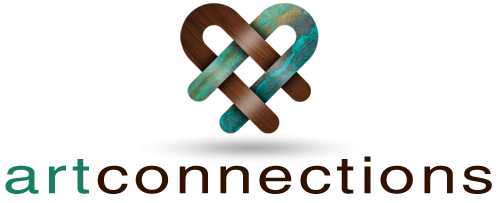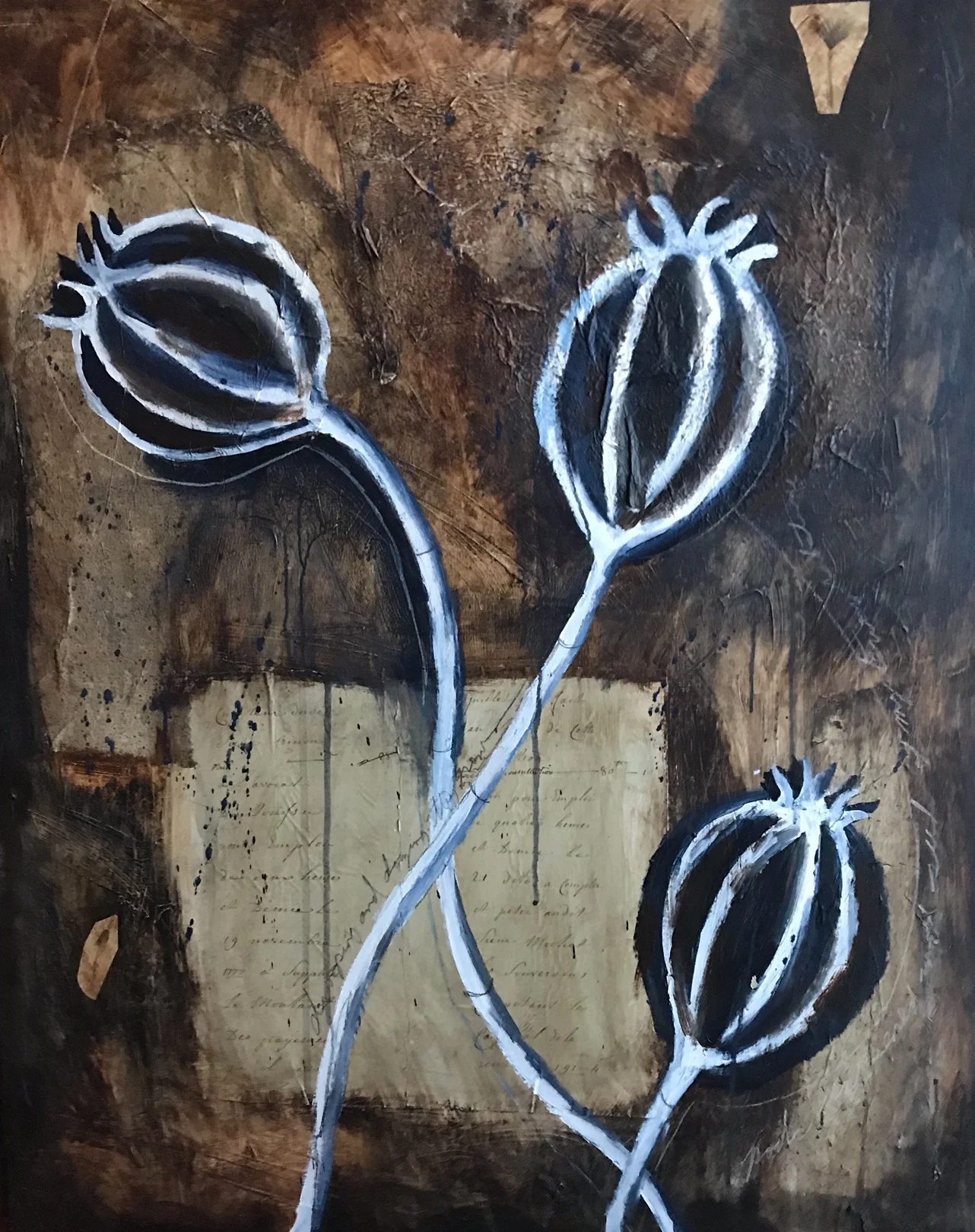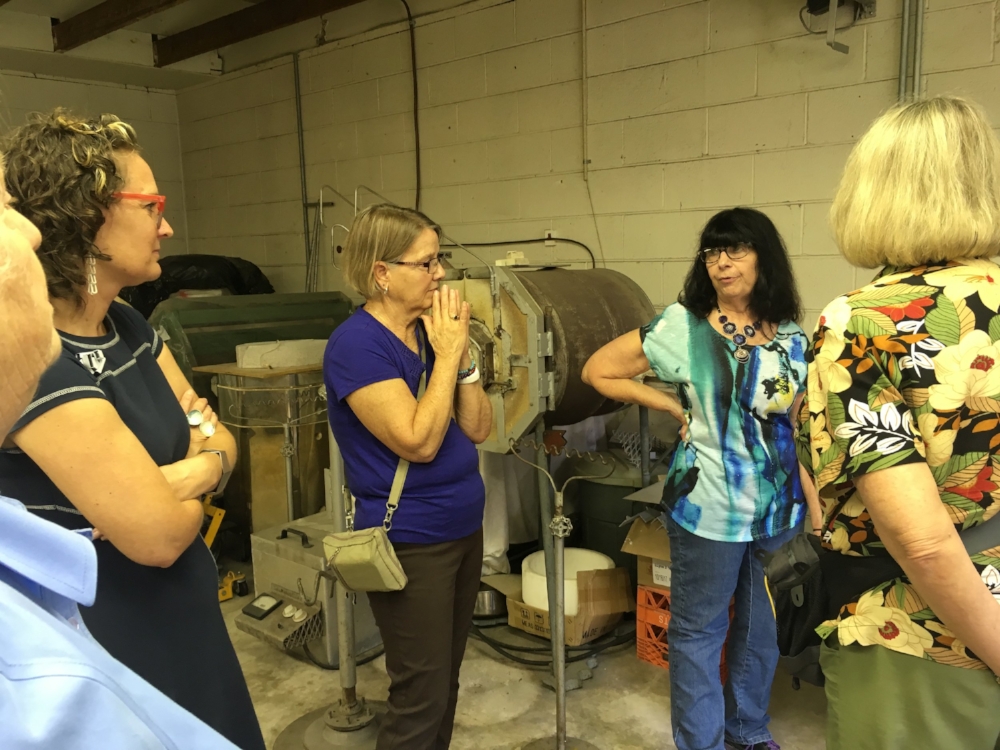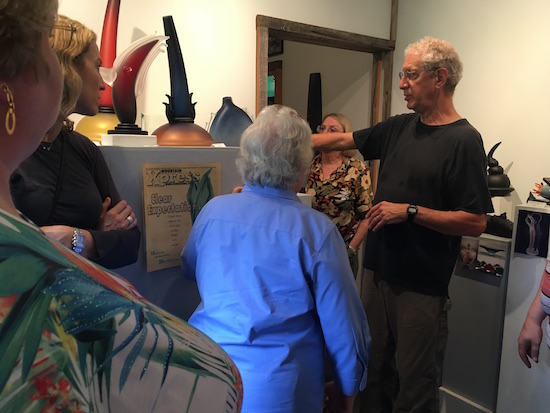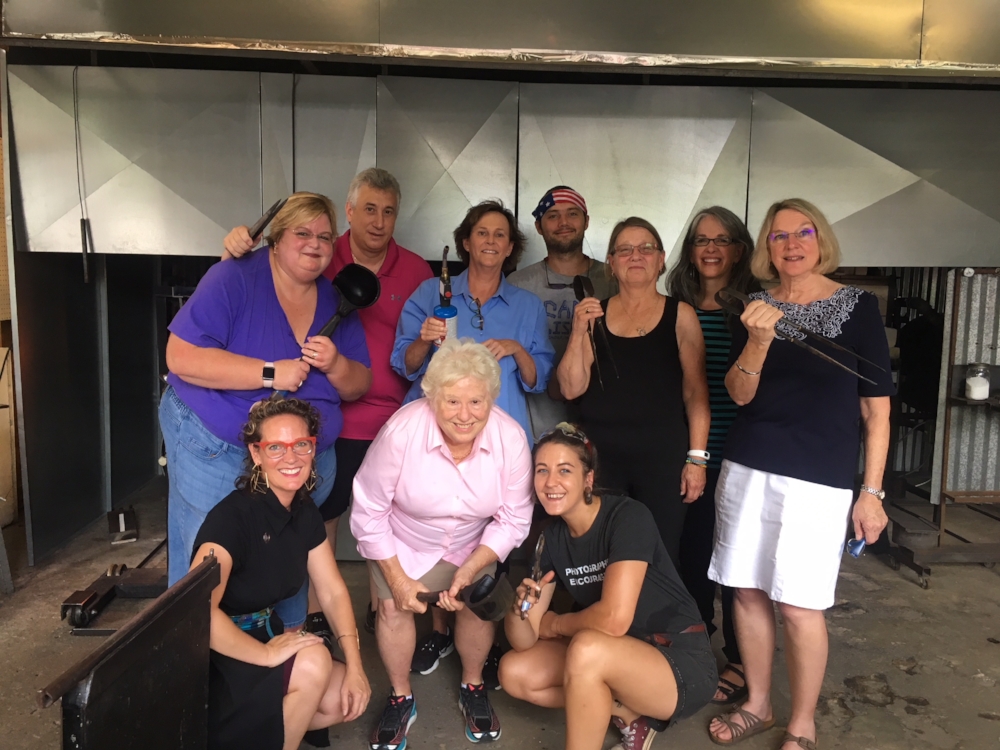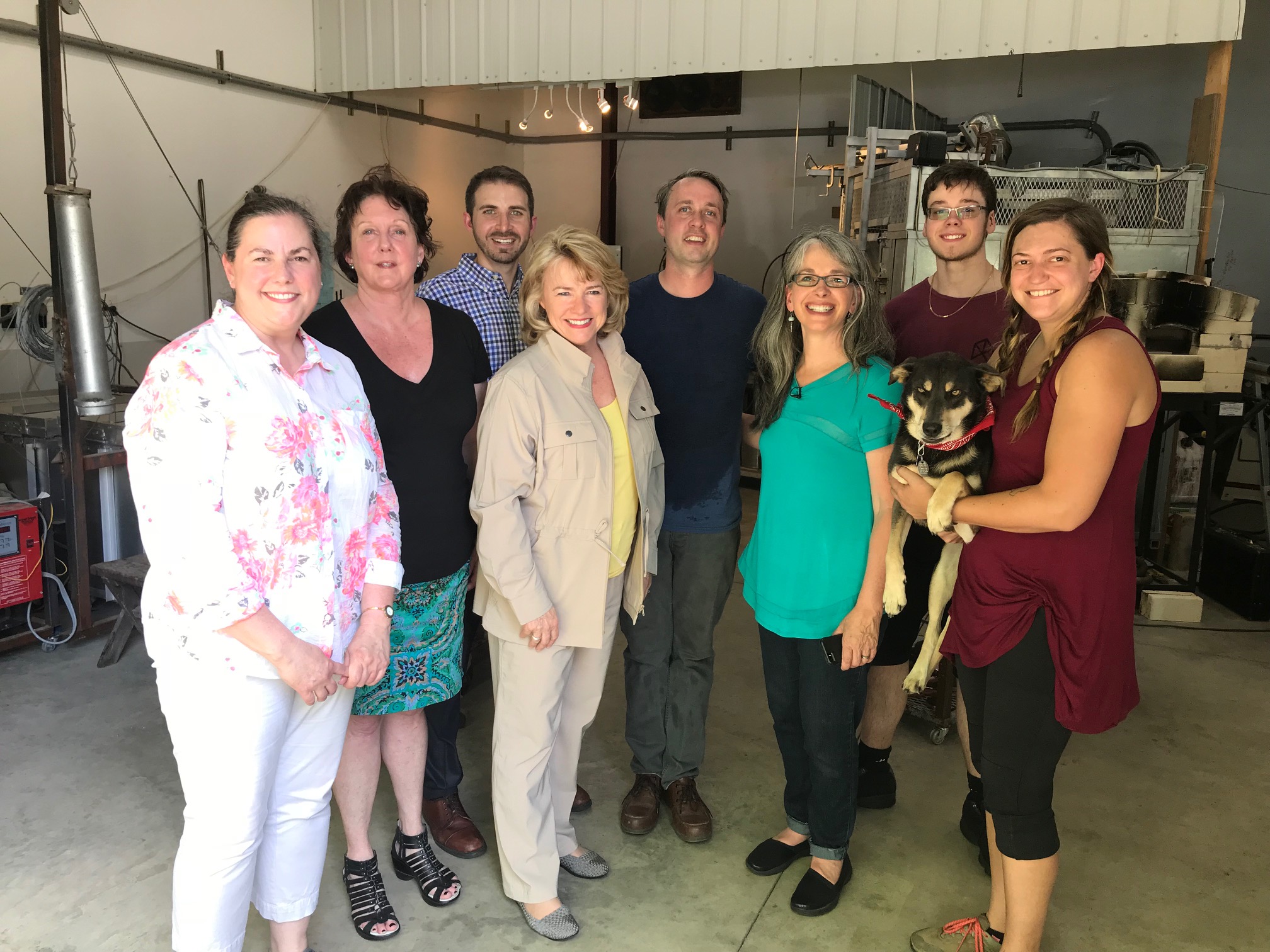Madison Rug Shop, photo from NC Digital Archives
While researching for a new tour that was originally planned to start last week (Creativity Lives Here, A Walking Tour of Art & Craft History Through Asheville & Western NC) I’ve been reading much about the early days of Western NC. There are many interesting accounts of early makers - here’s one from my home county.
The Great Depression took place from October 29, 1929 to 1941.
We know that during this time life in our nation was very hard. Jobs were lost and many people had zero income. We also know people pulled together. Communities faced challenges and shifted their lives to overcome situations as best they could.
In Western NC an industry arose that brought much needed jobs to communities in Madison County. You may think I’m referring to farming or construction - no, I’m talking about hooked rug making.
Rugs made in Madison County, NC were sold all over the eastern US. Stores in Asheville, High Point and Greensboro, NC, Washington DC, New York, and roadside stands set up in PA, OH, KY, WV and MO were outlets for these hooked rugs. The colorful patterns were both simple or very elaborate. Some were floral, some geometric and others featured animals - any pattern that could be drawn could be hooked as a rug.
Hundred of individuals were involved in all aspects, from the production to the selling of rugs. Most workers were women but also some were young men in their late teens to early twenties. Tasks included: constructing looms and tools, drawing the original designs on burlap backgrounds, dying fabrics, cutting strings of yarn or strips of fabric, punching the stripped cloth into the background, clipping, trimming, hemming, pressing, collecting finished rugs from homes, managing orders and paying workers, driving the finished rugs to market, or setting up roadside stands and selling.
The Madison Rug Shop began in 1930 and operated until 1942. It was founded by Jacob Franklin (Jake) Buckner and operated by himself, his daughters and other family members.
Extensive research was done on the Madison Rug Shop (as well as the whole rug making community) by Pauline Cheek, an instructor at Mars Hill University. Mrs Cheek interviewed over 100 people during a 20 year time period beginning in 1975, and her research is shared in Robert Brunk’s volume 1 of May We All Remember Well: A Journal of the History & Cultures of Western North Carolina.
Certainly Buckner’s shop wasn’t the first place to make or sell hooked rugs. The knowledge is old, and women in the mountains often made household items rather than buying them from a store. It was the organization, and the transport and dispersing supplies to the community of home workers that Buckner was able to accomplish. He was previously the owner of a country store, and was connected to outlets to purchase and obtain the supplies needed; in addition he knew the community and had neighbors and family to employ.
The Madison Rug Shop mixed the dyes and dyed the cloth, oversaw the dispersement of rug orders and collected finished rugs to ship out. Other individuals in Madison (and also in neighboring Yancey County) had overlapping home rug production. Some people worked for Buckner while also selling rugs themselves to stores in Asheville or Johnson City TN, or they traded rugs for other needed household goods.
All in all it was a very successful community effort, providing income and a way to get through a tough time. Cheek’s interviews reported families credited rug making income as the means to pay the mortgage and utility bills, buy a home or land, send children to college and more. In the early 1940’s the rug making cottage industry declined as more imported rugs became available.
Learn more and read the full interviews in May We All Remember Well. vol 1 by Robert S. Brunk.
As a native of WNC I’ve grown up with, and known creative people all of my life. In my childhood I learned to sew from my Grandmother (Delda Buckner Ponder). She was patient and encouraging and I loved learning from her. Later when I was a freshman in college one of my instructors, Mrs Pauline Cheek, assigned us a research project to report on family traditions. My grandmother and I made a full size quilt together that semester. Some fifteen years later the book ‘May We All Remember Well’ was published. It was thrilling to read the expose my former instructor wrote which highlighted my home community and my grandmothers’ family during those years of hardship in our nation.
